Pathogens, Free Full-Text
Por um escritor misterioso
Last updated 03 junho 2024
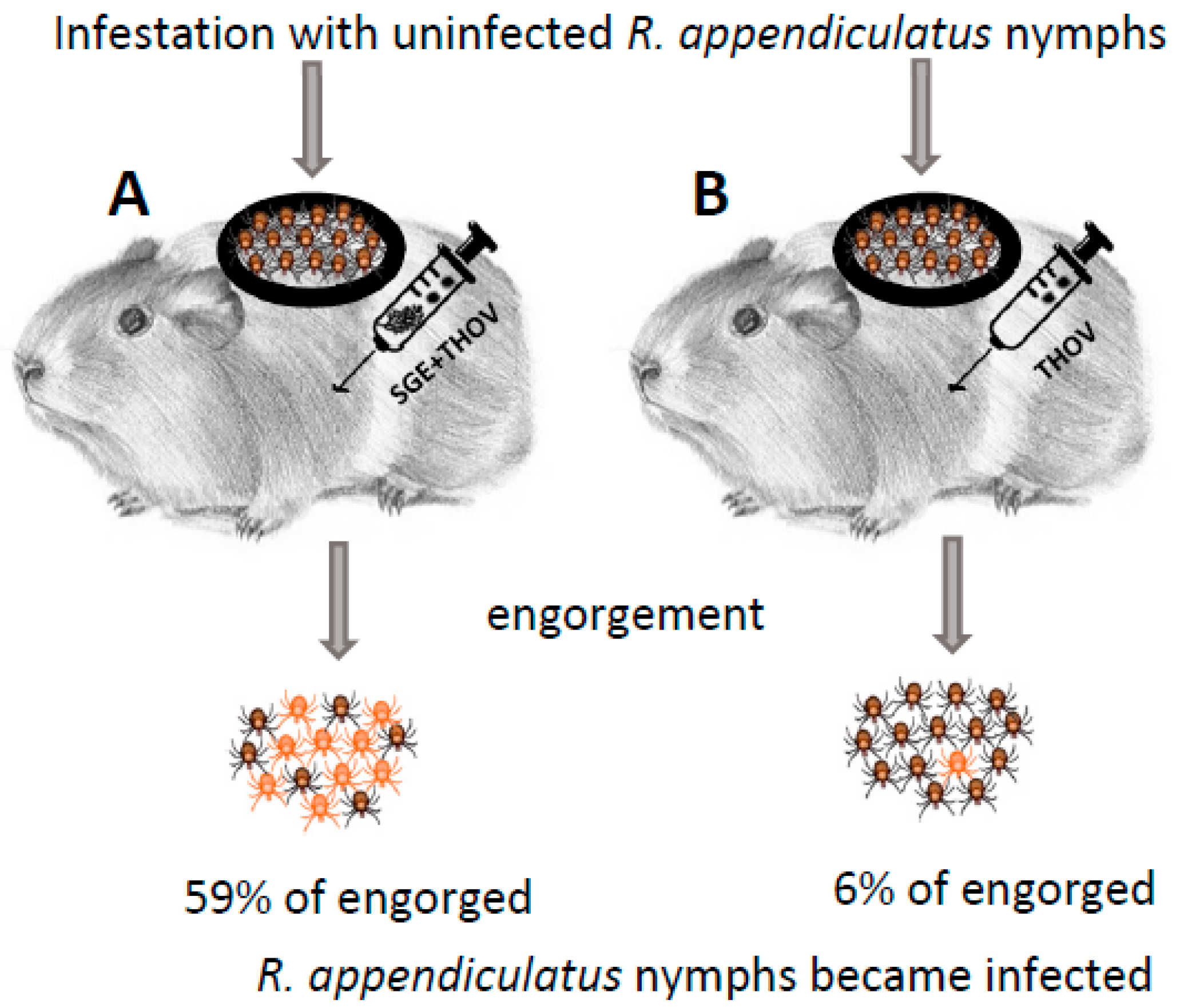
There is increasing evidence that arthropod-borne pathogens exploit saliva of their vectors during the transmission process to vertebrate hosts. Extensive research of the composition of tick saliva and its role in blood-feeding and transmission of pathogens started in the late 1980s and led to a number of discoveries on the composition and function of salivary molecules, some of which are associated with pathogen transmission. The study by Jones et al. published in 1989 can be ranked among the pioneer works in this field as it demonstrated for the first time the role of tick salivary glands in enhancement of transmission of a tick-borne virus. Thogoto virus was used in the model and subsequently similar results were obtained for tick-borne encephalitis virus. After a relatively silent period of almost 20 years, interest in tick–arbovirus–host interactions emerged again in the 2010s. However, no particular salivary molecule(s) enhancing virus transmission has (have) been identified to date. Intensive research in this field will certainly lead to new discoveries with future implications in the control of transmission of dangerous tick-borne viruses.
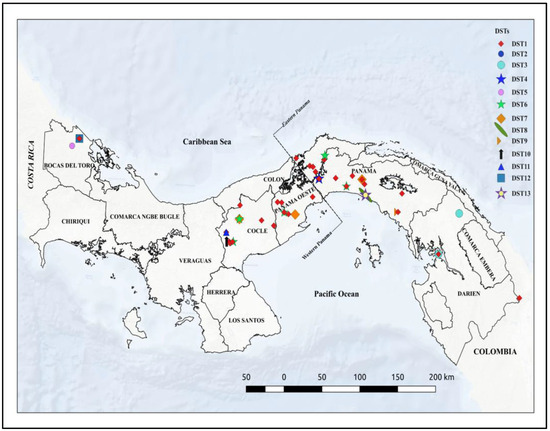
Costa Rica Shapefiles Free - Colaboratory

Pathogens Vectors & Illustrations for Free Download
Foodborne Pathogens and Disease Mary Ann Liebert, Inc., publishers
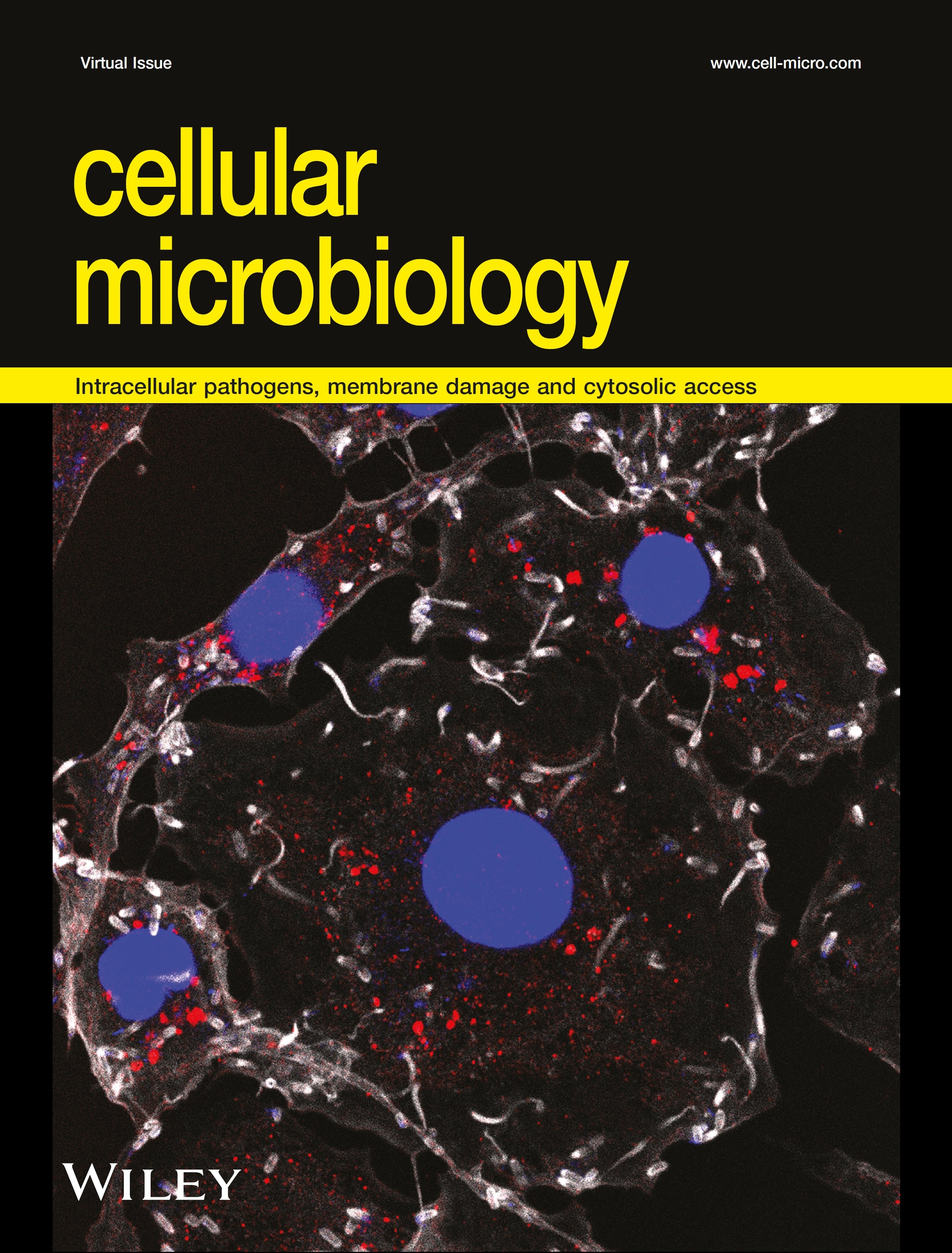
Cellular Microbiology - Wiley Online Library
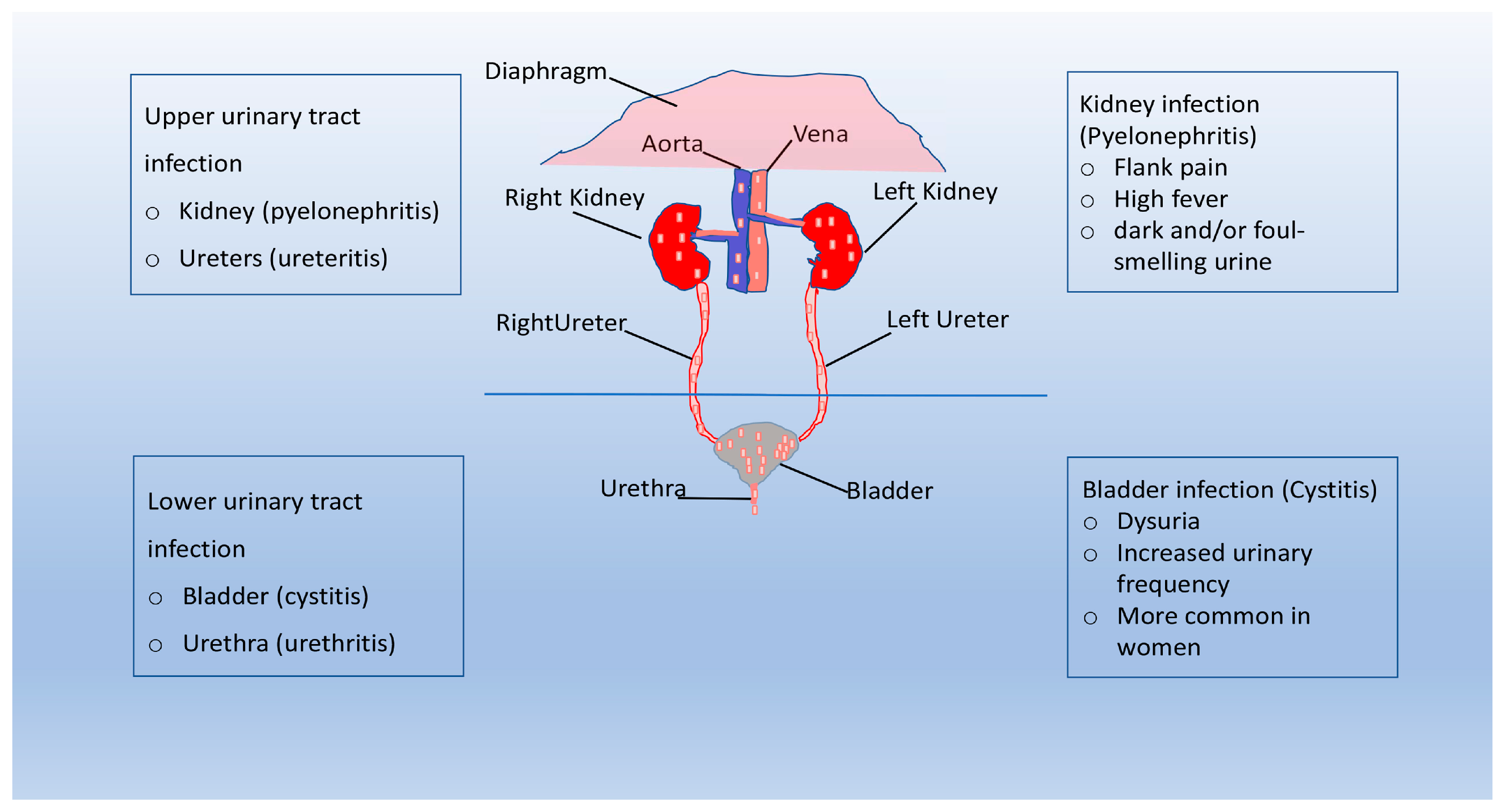
Pathogens, Free Full-Text
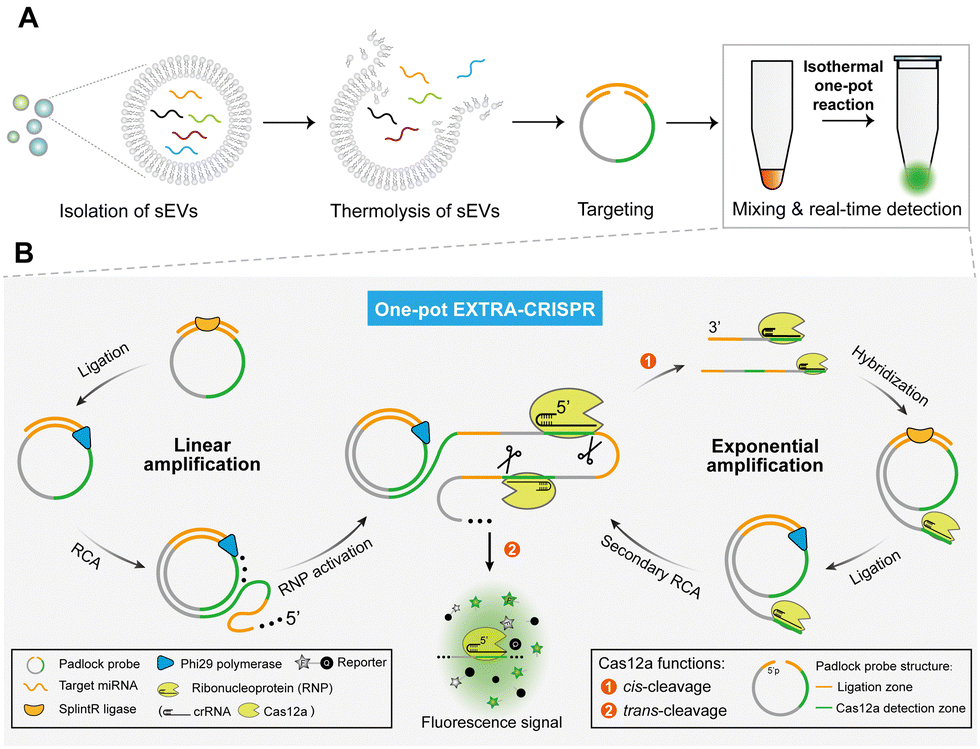
Publications – Zeng Lab

SOLUTION: Ati vocabulary full 2023 2024 - Studypool

A culture-free biphasic approach for sensitive and rapid detection of pathogens in dried whole-blood matrix

Pathogens and Disease Word Search - WordMint
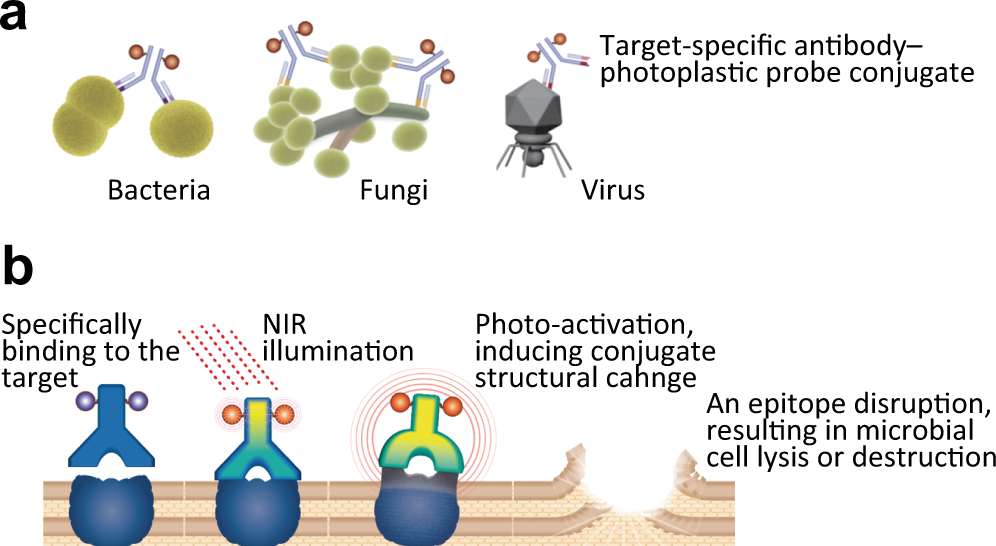
Antimicrobial strategy for targeted elimination of different microbes, including bacterial, fungal and viral pathogens
Recomendado para você
-
 Winter white dwarf hamster - Wikipedia03 junho 2024
Winter white dwarf hamster - Wikipedia03 junho 2024 -
 30 Days Life cycle of Hamster Campbell Dwarf Hamster03 junho 2024
30 Days Life cycle of Hamster Campbell Dwarf Hamster03 junho 2024 -
 New animal model to aid in the development of Covid-19 cure – The Childrens Post of India03 junho 2024
New animal model to aid in the development of Covid-19 cure – The Childrens Post of India03 junho 2024 -
 How I programmed a Virtual Hamster Cage blog - Gamieon - Mod DB03 junho 2024
How I programmed a Virtual Hamster Cage blog - Gamieon - Mod DB03 junho 2024 -
Life Cycle03 junho 2024
-
 About Syrian hamster life cycle in 2023 Hamster life, Hamster live, Hamster species03 junho 2024
About Syrian hamster life cycle in 2023 Hamster life, Hamster live, Hamster species03 junho 2024 -
 Molecular Prerequisites for Diminished Cold Sensitivity in Ground Squirrels and Hamsters - ScienceDirect03 junho 2024
Molecular Prerequisites for Diminished Cold Sensitivity in Ground Squirrels and Hamsters - ScienceDirect03 junho 2024 -
 The Life Cycle of Hamsters - My Animals03 junho 2024
The Life Cycle of Hamsters - My Animals03 junho 2024 -
 Hamster Care: The Essential Guide to Ownership, Care, & Training For Your Pet: Pellham, Kate H: 9781511972406: : Books03 junho 2024
Hamster Care: The Essential Guide to Ownership, Care, & Training For Your Pet: Pellham, Kate H: 9781511972406: : Books03 junho 2024 -
Cholesterol-Lowering Activity of Tartary Buckwheat Protein03 junho 2024
você pode gostar
-
 POPPY PLAYTIME - Lenticular Lunchbox Bundle (Image03 junho 2024
POPPY PLAYTIME - Lenticular Lunchbox Bundle (Image03 junho 2024 -
 Valkyrie Drive: Bhikkhuni PlayStation Vita PQube Game, MOVIMENTAÇÃO DE MULHER, roxo, violeta, outros png03 junho 2024
Valkyrie Drive: Bhikkhuni PlayStation Vita PQube Game, MOVIMENTAÇÃO DE MULHER, roxo, violeta, outros png03 junho 2024 -
 Play Tomb Runner Free Online Games. KidzSearch.com03 junho 2024
Play Tomb Runner Free Online Games. KidzSearch.com03 junho 2024 -
 Will Byers represents me Poster by EvilSheet03 junho 2024
Will Byers represents me Poster by EvilSheet03 junho 2024 -
/arc-anglerfish-arc2-prod-pmn.s3.amazonaws.com/public/YMNRMSWBF5GSFN7O7PLHGK3PHM.jpg) These Philly workers are effectively jobless as the coronavirus shuts down their industries03 junho 2024
These Philly workers are effectively jobless as the coronavirus shuts down their industries03 junho 2024 -
 Dez anos após condenação dos fundadores, Pirate Bay segue mais vivo que nunca - Olhar Digital03 junho 2024
Dez anos após condenação dos fundadores, Pirate Bay segue mais vivo que nunca - Olhar Digital03 junho 2024 -
Kep1er - Kep1er l CONCEPT PHOTO Daydream • HIKARU TITLE03 junho 2024
-
 sweet home alabama starts playing* - Who Is Jotaro Kulo's wife03 junho 2024
sweet home alabama starts playing* - Who Is Jotaro Kulo's wife03 junho 2024 -
/cdn.vox-cdn.com/uploads/chorus_image/image/71051330/unnamed.0.jpg) Pokémon Go Anniversary 2022 event guide - Polygon03 junho 2024
Pokémon Go Anniversary 2022 event guide - Polygon03 junho 2024 -
![Update] Your Pokemon Black & White Starters Could Evolve Like This - The Escapist](https://i0.wp.com/cdn.themis-media.com/media/global/images/galleries/display/68/68327.jpg?resize=350%2C267) Update] Your Pokemon Black & White Starters Could Evolve Like This - The Escapist03 junho 2024
Update] Your Pokemon Black & White Starters Could Evolve Like This - The Escapist03 junho 2024


